Pre-Stressed Steel: Part One
Abstract
Pre-stressing steel is a technique that significantly enhances both the quality and resistance properties of steel structures. By creating a state of co-action where induced tensions and deformations oppose those produced by operational loads, pre-stressing effectively increases material performance. This technique particularly benefits reinforced concrete by improving its naturally low tension resistance. This article explores the historical development of pre-stressed steel, its various forms including wires, strands, tendons, cables, and bars, and examines the critical properties that make it suitable for structural applications. Understanding these characteristics is essential for engineers seeking to optimize structural design through pre-stressing methods.
Pre-Stressed Steel: Historical Development and Fundamental Principles
Historical Origins
Although seemingly contemporary, pre-stressed steel has roots dating back to the mid-19th century. The technique's adoption is attributed to Joseph Paxton, who in 1851 utilized pre-stressing in constructing the Crystal Palace, unaware of the significant innovation he had pioneered.
The first formal proposal for pre-stressing steel bars came from Koenen in 1907. He suggested applying tension to steel bars before adding concrete to prevent crack formation, inadvertently discovering a key principle of reinforced concrete (R.C.). However, his experiments failed because the phenomena of creep and shrinkage were unknown at that time. The true "father" of pre-stressing is considered to be Eugène Freyssinet, who in 1928 formally defined pre-stressing as a technique involving subjecting materials—particularly reinforced concrete—to loads that produce stresses opposite to those encountered during operation, through the use of cables embedded within the stressed material.
Mechanical Rationale
The development of pre-stressed materials arose from concrete's inherent mechanical properties. While concrete demonstrates excellent compression resistance, it exhibits poor tension resistance, which is typically compensated for by metallic reinforcement. However, under tension, this reinforcement elongates and, due to bonding, pulls the surrounding concrete along with it.
When tension stresses are high, concrete inevitably cracks. Although these cracks may not immediately compromise structural integrity, they can lead to increased deformation and expose reinforcement to oxidation, ultimately reducing structural resistance. Consequently, reinforced concrete can only safely withstand loads up to its cracking threshold.
In contrast to reinforced concrete, steel possesses high resistance to both tension and compression. When comparing pre-stressed steel to reinforced concrete, two key advantages become apparent. First, pre-stressing techniques enhance steel's inherent tension and compression resistance by creating opposing tensions and deformations to those produced by operational loads. Second, pre-stressing significantly improves the tension resistance of reinforced concrete, addressing its primary weakness.
Forms of Pre-stressing Steel: Types and Applications
Developmental Foundation
The evolution of pre-stressed concrete was significantly influenced by the development of high-strength steel. This specialized material is an alloy primarily composed of iron, carbon, and manganese, with various optional elements added to enhance specific properties. While pre-stressing steel forms the core component, conventional non-pre-stressed reinforcement is often incorporated to provide additional flexural capacity, shear resistance, and protection against temperature fluctuations and shrinkage effects.
Wire Systems
Pre-stressing wires represent the most basic form of pre-stressing steel, consisting of single steel units. These wires are manufactured in standard nominal diameters of 2.5, 3.0, 4.0, 5.0, 7.0, and 8.0 mm, and are available in two primary varieties:
- Plain wires feature smooth surfaces without any surface modifications
- Indented wires incorporate circular or elliptical indentations across their surfaces to enhance bonding capabilities
Strand Configurations
Strands represent a more complex form of pre-stressing steel, created by spinning multiple wires together in helical formations. The principal strand types include:
- Two-wire strands consist of two wires spun together
- Three-wire strands incorporate three interwoven wires
- Seven-wire strands, the most common configuration, feature six wires spiraled around a slightly larger central wire
Tendon Systems
Pre-stressing tendons are formed by grouping multiple strands or wires together, primarily used in post-tensioned structural members. A typical tendon cross-section (as shown in Figure 1) reveals strands housed within a protective duct. After completing the post-tensioning process, these ducts may be filled with grout to provide additional protection and bond.
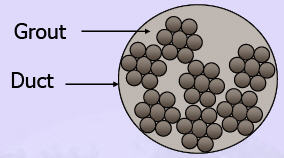
Figure 1: Cross-Section of a typical tendon
Cable Assemblies
Pre-stressing cables represent the largest assembly unit, formed by grouping multiple tendons together. These substantial cable systems are primarily employed in bridge construction where significant tensioning forces are required.
Bar Applications
Single steel bars can also function as tendons in pre-stressing applications. These bars feature significantly larger diameters than individual wires and are available in standardized sizes of 10, 12, 16, 20, 22, 25, 28, and 32 mm.
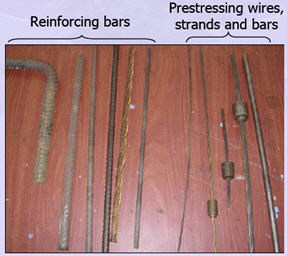
Figure 2: Forms of reinforcing and pre-stressing steel
Types of Pre-stressing Steel: Treatment Processes and Enhancements
Manufacturing Treatments
Pre-stressing steel undergoes specific treatments to achieve optimal performance characteristics for structural applications. These processing methods significantly influence the material's mechanical behavior and long-term performance:
- Cold Working (Cold Drawing) - This process involves pulling steel bars through a series of progressively smaller dies. The mechanical deformation realigns the crystalline structure of the steel, resulting in increased tensile strength. This treatment is fundamental in creating the high-strength properties essential for pre-stressing applications.
- Stress Relieving - In this treatment, strands are heated to approximately 350°C and then cooled slowly in a controlled environment. This thermal process effectively reduces the potential for plastic deformation after the onset of yielding, creating more predictable behavior under load.
- Strain Tempering for Low Relaxation - This advanced treatment involves heating strands to approximately 350°C while maintaining them under tension. This dual thermal-mechanical process offers two key benefits: it improves stress-strain behavior by minimizing plastic deformation after yielding begins and significantly reduces relaxation losses over time, enhancing long-term performance.
Properties of Pre-stressing Steel: Essential Characteristics
Performance Requirements
Pre-stressing applications demand high-quality steel with specific performance attributes. The essential properties required for effective pre-stressing steel include:
- High tensile strength to withstand substantial tensioning forces
- Adequate ductility to accommodate deformation without failure
- Sufficient bendability at harping points and near anchorages
- Strong bonding characteristics, particularly crucial for pre-tensioned members
- Low relaxation properties to minimize tension losses over time
- Excellent corrosion resistance to ensure long-term structural integrity
Tensile Strength Specifications
The tensile strength of pre-stressing steel is specified using characteristic tensile strength (fpk). This parameter represents the ultimate tensile strength below which no more than 5% of test results are expected to fall, establishing a reliable statistical basis for design calculations.
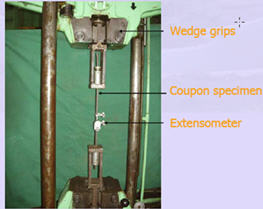
Figure 3(a): Test set-up
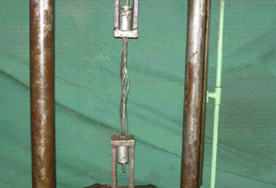
Figure 3(b): Testing of tensile strength of pre-stressing strand
Standard Specifications
Various national standards specify minimum tensile strengths for different pre-stressing steel types. The following tables summarize these requirements:
Table 1: Cold Drawn Stress-Relieved Wires (IS: 1785 Part 1)
| Nominal Diameter (mm) | 2.50 | 3.00 | 4.00 | 5.00 | 7.00 | 8.00 |
| Minimum Tensile Strength 𝑓𝑝𝑘 (N/mm²) | 2010 | 1865 | 1715 | 1570 | 1470 | 1375 |
The proof stress should not be less than 85% of the specified tensile strength.
Table 2: As-Drawn wire (IS: 1785 Part 2)
| Nominal Diameter (mm) | 3.00 | 4.00 | 5.00 |
| Minimum Tensile Strength 𝑓𝑝𝑘 (N/mm²) | 1765 | 1715 | 1570 |
The proof stress should not be less than 75% of the specified tensile strength.
Table 3: Indented wire (IS: 6003)
| Nominal Diameter (mm) | 3.00 | 4.00 | 5.00 |
| Minimum Tensile Strength 𝑓𝑝𝑘 (N/mm²) | 1765 | 1715 | 1570 |
The proof stress should not be less than 85% of the specified tensile strength.
For high tensile steel bars, IS:2090 specifies a minimum tensile strength of 980 N/mm². The proof stress should not be less than 80% of the specified tensile strength.
Elastic Modulus Considerations
The stiffness of pre-stressing steel is characterized by its initial modulus of elasticity, which varies depending on the form of the pre-stressing steel (wires, strands, or bars). When specific test data is unavailable, IS:1343-1980 provides the following guidelines:
Table 4: Modulus of elasticity (IS: 1343 - 1980)
| Type of steel | Modulus of elasticity |
| Cold-drawn wires | 210 kN/mm² |
| High tensile steel bars | 200 kN/mm² |
| Strands | 195 kN/mm² |
Read more
Access Thousands of Stress-Strain Diagrams Now!
Total Materia Horizon includes a unique collection of stress-strain curves of metallic and nonmetallic materials. Both true and engineering stress curves are given, for various strain rates, heat treatments and working temperatures where applicable.
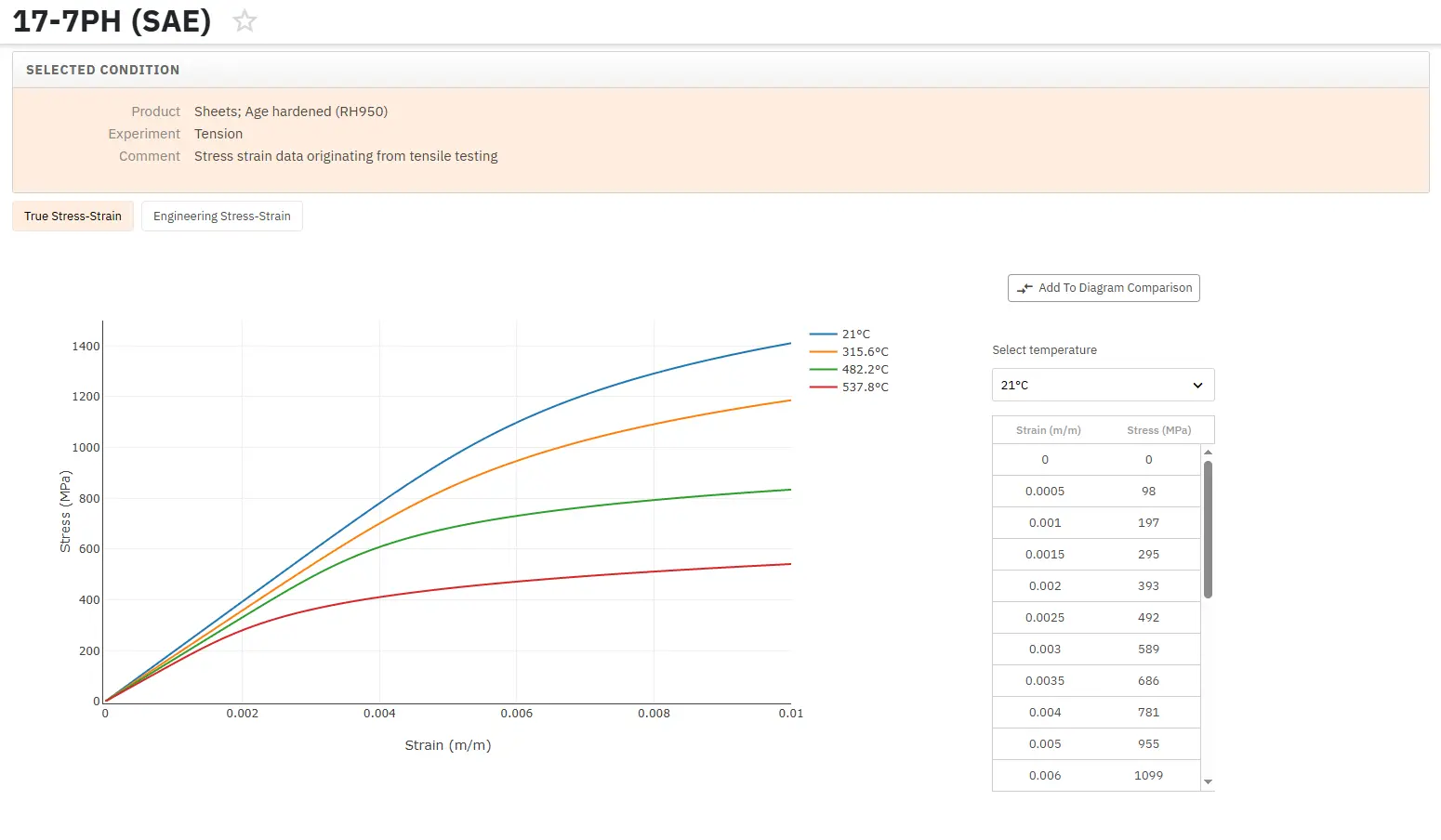
Get a FREE test account at Total Materia Horizon and join a community of over 500,000 users from more than 120 countries.